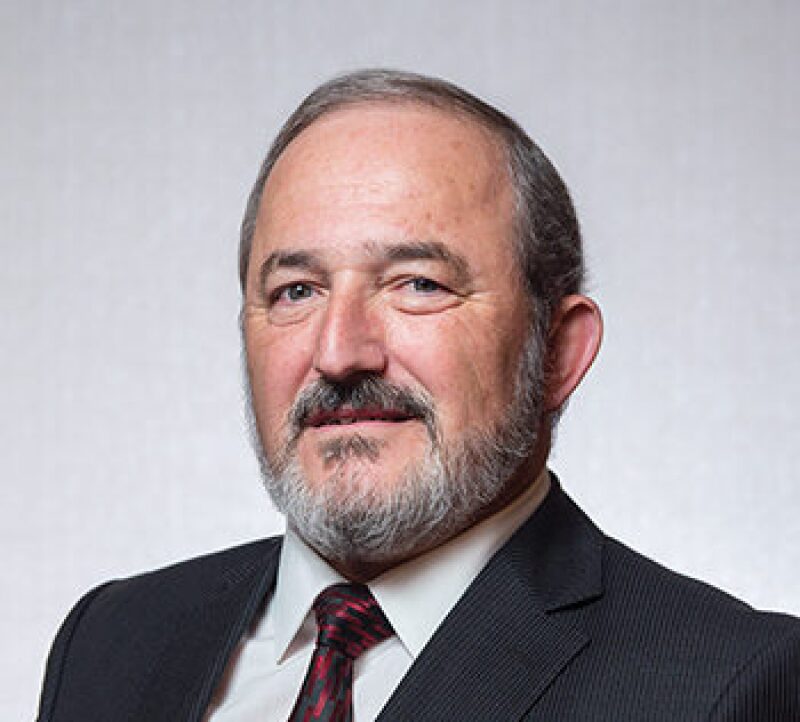Editor’s Note: This is another in a series of in which SPE’s technical directors comment on the state of their industry sector heading into 2019.

|
The shale revolution was a call to action for SPE Reservoir Technical Director Erdal Ozkan. He had expected to spend the latter years of his career tinkering at the edges of conventional reservoir engineering. That plan was demolished a decade ago when the decline curves collided with production data from unconventional plays that did not fit the curves.
Since then, he has built an unconventional reservoir research lab with a pitch he described as: “Do not expect a tool you can use tomorrow. We have to scratch below the surface to see what we are not doing right.”
The incoming reservoir technical director wants to convince petroleum engineers that the endpoint is not developing a new branch of reservoir engineering, it is rethinking how fluids flow in barely porous media where long established assumptions, such as Darcy flow, do not agree with what is observed.
“Our standard engineering perceptions of fluid flow are not inclusive of all the different aspects of flow underground,” Ozkan said. The fact that the industry produces only about 30% of oil in place in the best quality reservoirs suggests that the established wisdom is falling short even in conventional reservoirs.
Research is revealing a more complicated reality in highly fractured, ultratight reservoirs. Flow velocities vary widely as fluid moves from the nanopores of the rock matrix to fractures, or among organic and inorganic pores. Extremely confined spaces also alter fluid and phase properties.
Even when concepts, such as anomalous diffusion, can be successfully applied to describe what is going on in microscopic spaces, there is so much more to do. There is upscaling—how do these systems alter performance at reservoir scale? —and sorting out what observations are significant and which can be reasonably ignored when developing practical engineering tools.
The goal is improved recoveries from conventional reservoirs as well as unconventional ones, reducing the number of wells needed to supply energy markets.
While Ozkan’s ultimate goal is fundamental change, for now the focus is on creating a greater awareness of advances on this frontier. Engineers “will have to use what we have.” As he recruits members for the reservoir advisory board, Ozkan is looking for those with a similar point of view, some of whom will serve as ambassadors to spread the word about what is new.
Ozkan said he would like to see more technical sessions, workshops, and short courses that push the reservoir technology envelope, rather than “chewing the same material over and over again, or discussing how conventional tools can be tweaked to do the work; it is not taking us too far.”

